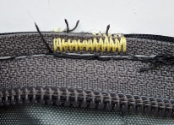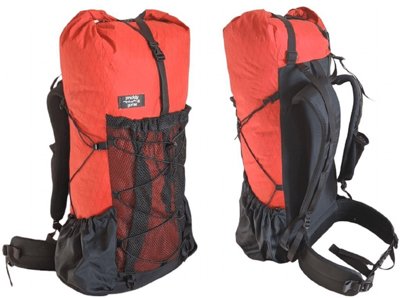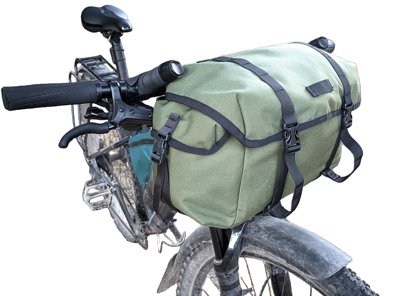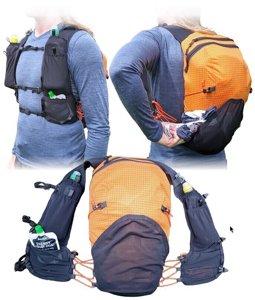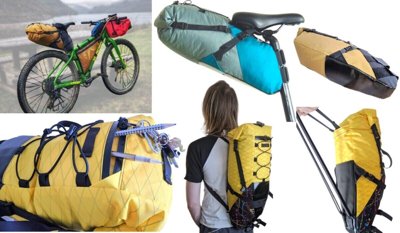Whether you’re a total beginner or just need a quick refresher, this glossary explains the common sewing terms you’ll encounter in our MYOG patterns and guides.
Seam and Seam Allowance
The seam is the line of stitching that joins pieces of fabric together. The seam allowance is the crucial space between your stitch line and the raw edge of the fabric. This area holds the stitch and prevents the fabric from pulling apart.
In my patterns, I generally use a seam allowance of either 1/2 inch (1.2 cm) or 3/8 inch (1 cm).
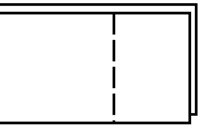
Basting Stitch
A basting stitch is a row of temporary stitches, typically sewn with a long stitch length and placed well within the main seam allowance. Its purpose is to hold pieces together accurately before sewing the final, permanent seam. It's perfect for securing webbing, attaching pockets, or aligning entire panels.
An alternative is basting tape: a narrow (e.g., 1/4" or 6mm) double-sided tape that holds fabric in place without sewing.
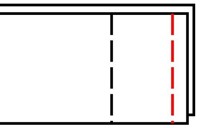
Binding
Binding involves sewing a narrow strip of fabric, grosgrain ribbon, or elastic along a raw fabric edge. This technique neatly encases the edge, preventing it from fraying and giving the project a clean, professional finish.
A quick alternative is to run a zig-zag stitch along the raw edge, which helps prevent fraying but doesn't provide the same finished look as binding.
Binding is often sewn with a straight stitch, however, elastic is best sewn with a zig-zag or special stretch stitch to maintain it's stretchyness
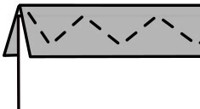
Pleat
A pleat is a fold created by doubling fabric back upon itself and securing it with a stitch. In gear making, pleats are commonly used to add volume to pockets by gathering a wide piece of fabric to fit onto a narrower panel, creating a three-dimensional shape.
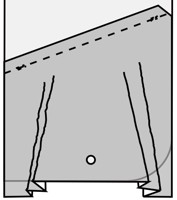
Topstitch
A topstitch is a line of stitching sewn on the "right" or visible side of the fabric. In outdoor gear, it's often used to hold a seam allowance flat (for example, next to a zipper) or to create strong, durable seams like felled seams, which are also easier to seam seal against water.
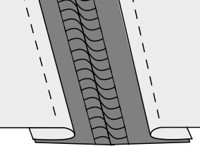
Bar Tack & Box-X Stitch
These are concentrated, heavy-duty reinforcement stitches used on high-stress points like webbing attachments (e.g., shoulder straps, compression straps) to prevent them from tearing away from the pack body. A bar tack is a series of tight zig-zag stitches. A Box-X is a square with an "X" stitched inside it, providing multi-directional strength.
